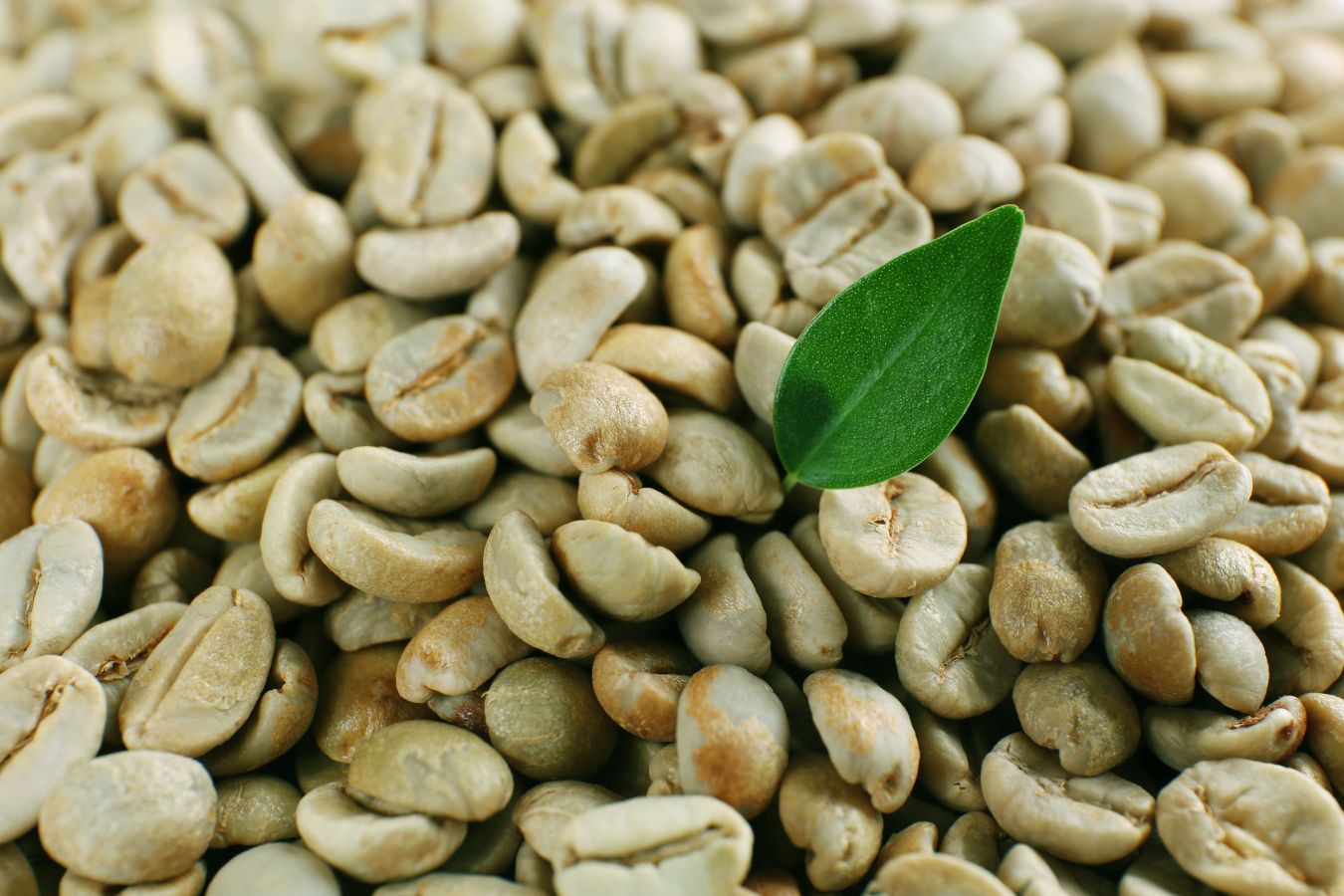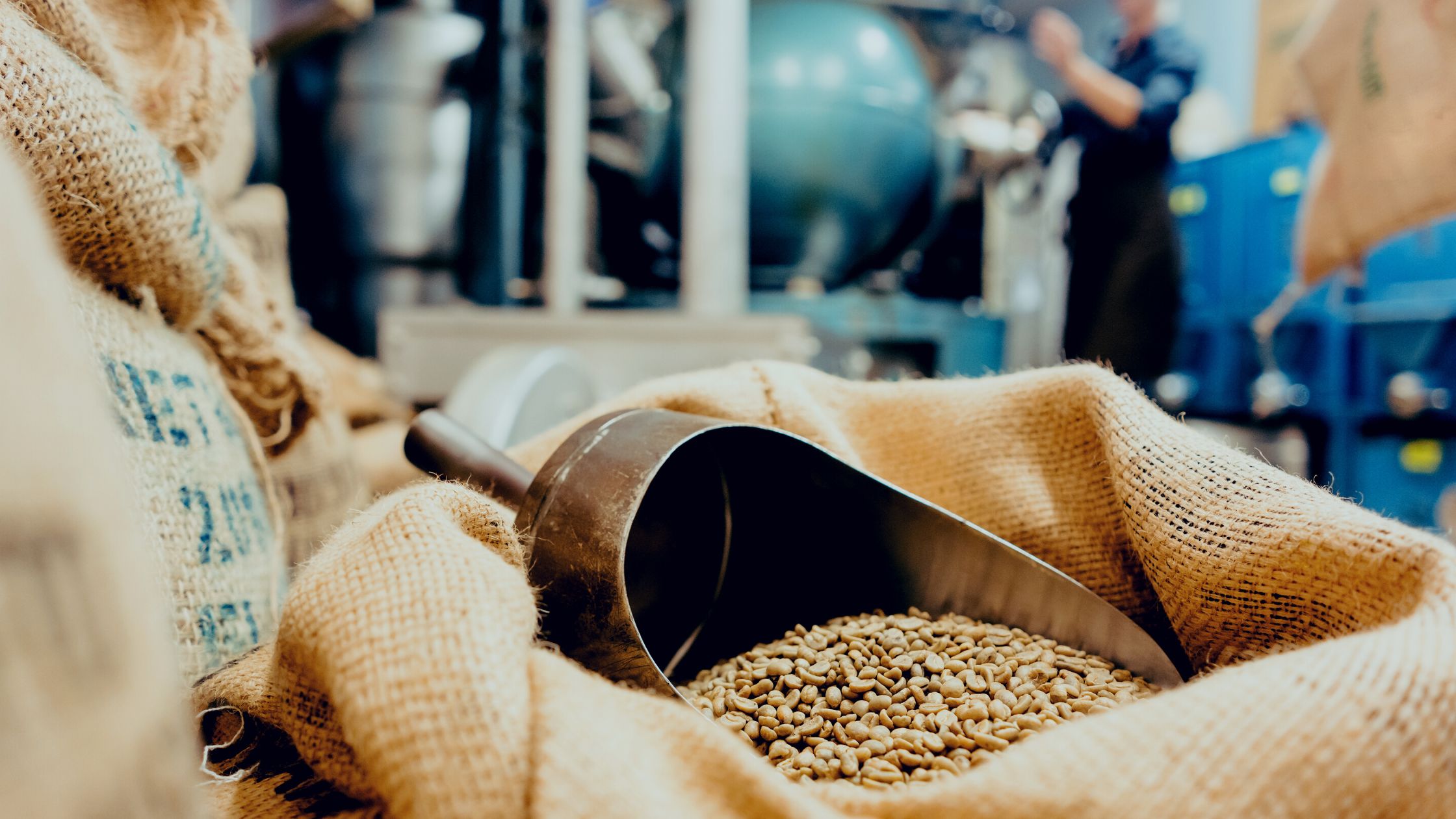If you buy green coffee beans from a reputable importer, you can be sure that the coffee was handled carefully on its way from the farm to your home. After that, though, it’s up to the coffee roaster to make sure that the unroasted coffee stays as good as it can be until it’s roasted. Sometimes you might have unroasted coffee in your coffee roastery for weeks or months. This means you need to think about how to keep your green coffee beans safe until they are ready to be roasted.
Finding or building the right storage conditions for your green coffee beans may be difficult. It could cost a lot of money to create a warm, dark, and smelly space that is separate from light. Like most roasters, you don’t have a lot of money or time, so you want to do everything you can to keep quality high.
As a coffee lover, you likely know that the flavor and aroma of your daily cup starts with the quality of the green coffee beans. But what you may not realize is that proper storage of these unroasted beans is crucial for maintaining their freshness. So how long can you actually store green coffee beans before they start to deteriorate?
Why Proper Storage Matters
After coffee cherries are harvested, processed and dried, they become the green coffee beans that are shipped around the world to roasters. Although drying helps preserve them, green coffee beans are still agricultural products with a limited shelf life. Without proper storage conditions, they will gradually lose quality and develop off-flavors over time
The key factors that determine green coffee shelf life are temperature, humidity, light exposure and oxygen exposure. To keep beans tasting their best, storage conditions must minimize the beans’ contact with heat, light, moisture and air.
How Long Do Green Coffee Beans Stay Fresh?
With optimal storage conditions, high quality green coffee beans can retain excellent flavor and aroma for 9 to 12 months after harvest Beyond this timeframe, the beans will slowly degrade.
However, real world storage is rarely perfect. Factors like temperature fluctuations, moisture and oxygen infiltration can accelerate loss of freshness. Under typical commercial storage conditions, most coffee professionals recommend using or roasting green coffee beans within 6 to 9 months of harvest.
Here is an overview of how green coffee bean freshness declines under different storage scenarios
-
With ideal storage conditions, beans stay fresh for 9-12 months.
-
With good commercial storage conditions, 6-9 months.
-
With less than ideal conditions, 3-6 months.
-
Under poor storage conditions, freshness rapidly declines after 1-3 months.
The takeaway is that proper storage matters – a lot! To get the best tasting roasted coffee, you want to start with green beans that still retain their freshness.
Optimal Storage Conditions for Green Coffee Beans
To slow degradation and extend shelf life, green coffee beans need storage conditions that minimize their exposure to the four enemies of freshness:
Low Temperature
Ideally, green coffee beans should be stored at cool temperatures between 60°F and 70°F (15°C and 21°C). Temperatures above 75°F accelerate loss of aromatics and flavor. Refrigeration below 60°F is not recommended, as condensation can encourage mold growth.
Low Humidity
The ideal humidity range for storage is 55% to 65%. Lower humidity risks drying the beans out too much, while higher humidity introduces mold risks. The beans should retain a moisture content between 10% to 12%.
No Light Exposure
Light causes beans to rapidly lose aromatics and oxidize. Store green beans in opaque, light-proof containers.
Minimal Oxygen Exposure
Oxygen causes oxidation reactions that degrade flavor. Try to minimize oxygen in the storage environment. Vacuum sealing bags/containers is ideal when practical.
Following these guidelines will help extend green coffee shelf life. However, no storage can prevent deterioration forever. For true freshness, most coffee roasters try to go from green beans to roasted coffee within a 3-6 month window.
How to Monitor Green Coffee Bean Freshness
Since you can’t visibly detect loss of aromatics and flavors, monitoring freshness requires a few simple tests:
-
Smell – Coffee’s aromas dissipate with age. Take a whiff of the raw beans and compare to the aroma of a freshly opened bag.
-
Cupping – Brew up a small cupping sample. Compare flavor against a freshly delivered batch.
-
Roasting – Roast a small sample batch. Evaluate aromas released during first crack and at completion of roasting.
-
Moisture testing – Use a moisture analyzer to detect any drying out.
By periodically sampling beans in storage, you can detect when aromatics and flavors begin fading, signaling a need to use up the beans.
Tips for Storing Green Coffee At Home
If you order green beans for home roasting, you probably lack commercialgrade storage options. Here are some tips for storing green coffee as a home user:
-
Keep beans in a cool, dark kitchen cabinet around 65°F. Avoid warm spots like near appliances.
-
Use an airtight opaque container like a ceramic jar. Mason jars also work well.
-
Minimize headspace in the container to limit oxygen exposure.
-
Consider small vacuum canisters or Mylar bags to limit oxygen. But avoid fully sealing until you open the original bag.
-
Ideally, store no more than a 3-month supply at home.
-
Cup and smell test periodically. Use beans within 8-12 weeks.
-
Consider a mini-fridge or wine cooler for storage under 65°F.
While not perfect, these steps can help prolong freshness for the home storage timeframe.
Signs Your Green Coffee Beans Are Past Peak Freshness
With time, you’ll notice increasing warning signs that your green coffee beans are losing their optimal flavor and aromatics:
-
Fading aroma – Beans have milder, less vibrant smell.
-
Duller flavor – Cups have flat, cardboard-like taste instead of lively acidity and sweetness.
-
Bland cups – Roasted coffee lacks aromatics and complexity.
-
Slow roast – Beans don’t crack as vigorously when roasting.
-
Oily sheen – Roast surface looks extra oily due to lower moisture.
-
Brittle beans – Beans have harder texture and break easier when ground.
-
Mold growth – Visible surface mold from excess humidity.
Once you notice these red flags, use up the remaining beans promptly. And for your next batch, start with fresh green beans from the current harvest.
Enjoy Green Coffee Beans at Their Peak
Part of the joy of artisan coffee is starting with an agricultural product brimming with nuanced flavors. By properly storing green coffee beans after harvest, you can retain more of their inherent freshness and aromatic qualities. Monitor your inventory and use beans within 9-12 months for the best tasting roasts. With optimal storage and handling, you’ll be rewarded with cups that showcase all the subtle flavors that began in the field.

How Long Can Green Coffee Bean Be Stored?
Green coffee beans can stay fresh (in the proper storage conditions) for about 12 months. This time can be extended even longer with airtight or multi-layer packaging. On the other hand, remember that the coffee wasn’t picked and processed the day it got to you. So, raw coffee may be a few months old when it is shipped, depending on where it originated. When you get your green coffee, you can always look it up on a harvest calendar by origin to get a better idea of how old it is.
Green Coffee Bean Storage Overview
If you don’t have time to read the whole thing, here are some quick facts about how to store green coffee beans:
- Put the food-grade liners and GO green bag back together or close them again between roasts.
- Green coffee beans should be kept in a cool, dry place out of direct sunlight and heat.
- Don’t let your bags and boxes of unroasted coffee touch the ground. Store boxes & bags on racks, shelves or pallets.
- Keep raw coffee away from strong odors
- Keep green coffee beans out of places with a lot of humidity and don’t let them get wet.
Now, down to business. When coffee roasters want to store green coffee beans, they need to think about a few important things: time, temperature, moisture, light, containers, and packaging.
Simply put, yes! Coffee that is normally packed in jute bags can be exposed to extremes of light, heat, and moisture at the farm, at sea, at the port, in coffee warehouses, and at your roastery. Traditional coffee packaging leaves a lot of opportunities for quality degradation. In order to mitigate these risks, we do things differently.
Real Origin green coffee beans are packed in food-grade bags like GrainPro, Ecotact, or our own custom food-grade packs. The GO green polypropylene bags are strong, won’t break in the rain, and have a bag-in-bag technology that keeps the green coffee beans safe in a food-grade lining. Food-grade bags, not plastic sandwich bags or brown paper bags, are used to store even our green coffee samples.
GO green coffee beans are sent in neat 65lb GO boxes that can be stacked and are easy to carry. We put registered, unbroken seals on both the bag and the box, so you know that the coffee you get is the coffee you ordered. But what happens when you start opening boxes and split open the seals?.
Making sure the GO green bag and liner are closed between roasts is the best thing you can do to keep the quality.

How to Store Green (Unroasted) Coffee Beans | Roasted Grounds
FAQ
How do you store green coffee beans long term?
Can green coffee beans go bad?
How can you tell if green coffee beans are old?
What is the shelf life of coffee beans?
How do you store green coffee beans?
One more thing: keep your green coffee beans away from sunlight. Otherwise, your beans will age faster, causing the rapid loss of aroma and flavor. For the best results, store your green coffee beans in a dark and dry place away from direct sunlight. Back to our original question: How long do green coffee beans keep?
Are beans safe to store in a plastic storage container with a lid in the basement?
The best way to store beans is in an airtight storage container in a cool, dark place. They should last at least 3 years this way. However, it is not recommended storing more beans than you can rotate through in 3 months; the beans are too susceptible to damage, even in airtight containers.
How long do green coffee beans stay fresh?
Green coffee beans can stay fresh (in the proper storage conditions) for about 12 months. This time can be extended even longer with airtight or multi-layer packaging. However, keep in mind that the coffee wasn’t harvested and processed the day before it arrived in your hands.
Are green coffee beans good for long term storage?
Green coffee beans are best for long term storage (if you do it right). Note that green coffee beans have not been roasted yet (you have to do it yourself at some point). Because they haven’t been roasted, their natural oils are more stable.
